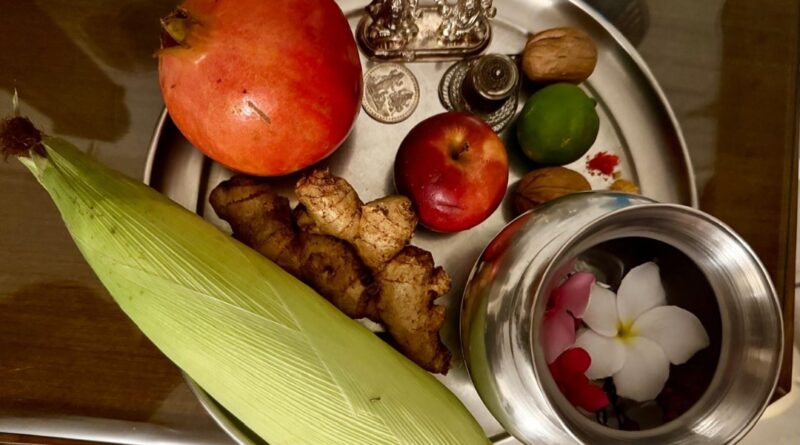Sair Festival: Himachal’s Heartbeat of Harvest, Heritage and Harmony
As the monsoon retreats and the hills of Himachal Pradesh shimmer in post-rain greenery, communities across the state prepare for one of their most cherished traditions — the Sair Festival, also known as Sair-e-Khas. Held annually in mid-September, this vibrant celebration marks the end of the harvest season and the beginning of winter, bringing together generations in a joyful tribute to nature, culture, and community.
A Festival Rooted in Gratitude and Mythology
Sair isn’t just a festival — it’s a heartfelt thanksgiving. Traditionally, it was celebrated to honor local deities and seek their blessings for a bountiful harvest and protection during the harsh winter months. According to local beliefs, it also marks the departure of gods to their heavenly abode after spending the monsoon season on Earth .
In many villages, offerings of freshly harvested crops — maize, guava, lemon, and wheat — are made to the gods. Rituals begin the night before, with families preparing special platters and welcoming village barbers who carry symbols of Sair Devi, collecting seasonal offerings and blessings .
Culture Comes Alive: Music, Dance, and Bull Fights
The festival is a sensory delight. Streets and fairgrounds burst into color with folk dances, traditional music, and local markets selling handmade crafts and regional delicacies. In places like Arki (Solan) and Mashobra (Shimla), the now-banned bull fights once drew massive crowds, adding a unique thrill to the festivities .
Each region adds its own flavor. In Mandi, the exchange of walnuts is a cherished ritual — offered first to deities and then shared among family and friends. These nuts symbolize wisdom, strength, and prosperity, and their trade during Sair supports local livelihoods, with markets buzzing and vendors earning a year’s income in just a few days .
Nature and Wellness Intertwined
What sets Sair apart is its deep connection to nature. Medicinal plants like Tulsi, Giloy, Datura, and Amla are gathered and sold by rural women, preserving traditional knowledge and promoting sustainable living. According to botanists , these plants are not just symbolic — they’re vital for immunity, wellness, and ecological balance .
The festival also encourages culinary traditions, with dishes like Dahi Bhalla, Meethi Roti, Gulgule, Siddu, and Kheer prepared and shared among relatives. These meals reflect the spirit of togetherness and the joy of seasonal abundance.
A Message for the Modern World
In an age of rapid modernization, Sair stands as a gentle reminder of the wisdom embedded in tradition. It teaches us to respect nature, value community, and embrace sustainability. As per the locals, “Sair is a call to return to our roots. It teaches us to express gratitude to nature, maintain harmony with life, and work toward a sustainable future” .
Whether you’re a local or a visitor, experiencing the Sair Festival is like stepping into a living tapestry of Himachal’s soul — where every ritual, every dish, and every dance tells a story of resilience, reverence, and celebration.



